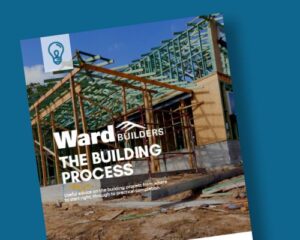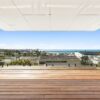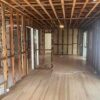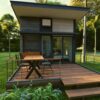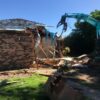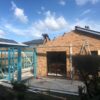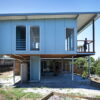Building Process Step 3: Approval & Relaxation
Do you need a building approval & relaxation before you can begin your custom build, renovation or extension? Yes in most cases you need building approval. Relaxations are optional and applications go to your local council.
Building approval
These are required for almost all building works. Minor works such as tool sheds up to 10 square metre, a boundary fence less than 2 metre high (excluding pool fencing) and a retaining wall less than 1 metre high do not require approvals. A licensed building certifier is responsible for assessing whether proposed building work complies with the Building Act 1975 and associated codes and standards. The building certifier who issues the building approval must carry out certain inspections to ensure the building work complies with the approval. If you are unsure ask your builder or contact a building certifier.
This process will cost roughly $3,000 + and like most things depends entirely on the scope and complexity of your project, the more complex and the more site inspections required the higher the cost. Once your project reaches completion your certifier must complete and pass a final inspection. Until this is done you may not be able to move into or back into your home and mightn’t have home insurance.
Council Relaxation
A relaxation can mean the difference of building 6 metres from your boundaries to 3 metres.
Do your homework and find out your boundary setbacks and amenities access are on your property. Roughly work out where you can build to (usually 4 or 6 metres to the boundary), and if that’s not enough for what you are wanting, look at the relaxed boundary (usually reduces set back to 2-3 metres). If the standard setback just won’t work for what you want, you’ll need to apply for a relaxation from the Sunshine Coast Council, Noosa Council or other local council.
To apply for a Relaxation, you will need all of these:
1. The exact house location, engage a surveyor to get the exact house location on site. This ensures your designer or architect are working with the correct distances to boundaries (older houses are commonly closer to boundaries that what they should be). Surveyors charge around $500 per boundary peg.
2. Preliminary plans of the proposed design including elevations, site plan and floor plan. The council will be looking to see that the design will suit the area. You can engage a designer or architect for this; the cost will vary depending on the level of complexity and the size but as a rough guide between $1,500 – $4,000 via a designer, or from $6,000 – $20,000+ through an architect
3. Complete a “Request for Referral Agency Response for Building Works” and it comes with an upfront and non-refundable fee. You can do this yourself or go through a certifier. A certifier may add their own fee to manage this process for you. A relaxation can take around 4-6 weeks to come through.
A relaxation does come with a cost but it could make a big difference to the enjoyment of your custom new home build, renovation or extension. And of course if you have to weight this up against your budget. If you have a difficult or sloping site, or have restricted access you will already have expensive excavation and building costs to contend with. Then there’s the type of finish you desire, the size and complexity of the build all adding to the cost.
It all comes down to budget and what your priorities are. If it’s all about cost and you already have a costly block of land to build on, you may wish to live with the standard boundary instead. Knowing your priorities will dictate how you proceed.
For queries about boundary setbacks and relaxations please contact your local council.
Note: Prices listed are actual prices encountered by Ward Builders but they do vary by project according to the level of complexity each job requires.

